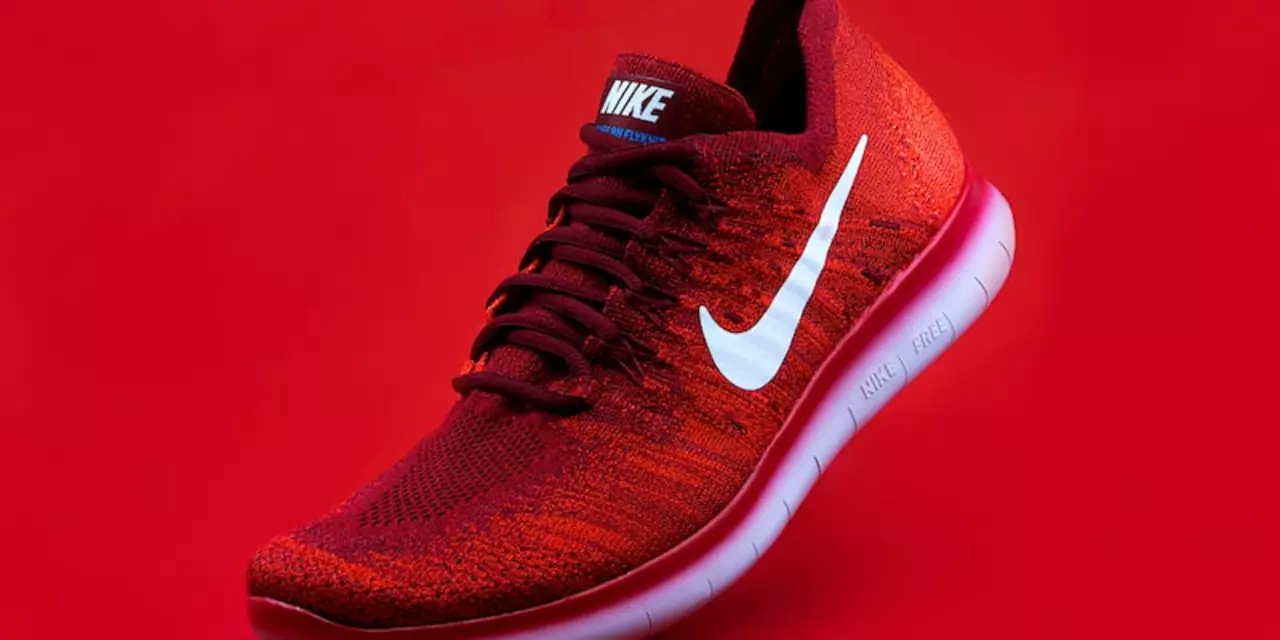Shoes – Find the Right Soccer Footwear for Your Game
When you step onto the pitch, the first thing that can change your performance is what’s on your feet. The right pair of soccer shoes gives you grip, confidence, and comfort. It doesn’t matter if you’re playing a backyard match or a league game – the basics stay the same. Let’s break down what you need to look for so you never second‑guess your choice again.
Why Spikes Matter on the Pitch
Spikes, often called studs, are the tiny protrusions that dig into the ground and keep you from slipping. On firm grass, long conical studs give you a solid anchor, while on softer turf, shorter, bladed studs spread the pressure and prevent you from sinking too deep. If you’re playing on a dry, hard surface, a pair with fewer, longer studs can feel like you’re glued to the ground. For rainy days or slick artificial turf, go for a blend of short, wide studs – they offer stability without digging too deep.
Don’t think you can skip spikes just because you’re a casual player. Even a short pickup game can get intense, and losing traction at the wrong moment can lead to a missed pass or an injury. If you only have regular sneakers, you’ll feel the difference the moment you try to sprint or change direction quickly. Investing in a decent pair of studded shoes is a small price for the boost they give you.
Choosing Between Nike and Adidas Cleats
Nike and Adidas dominate the soccer‑cleat market, and each brand has a distinct feel. Nike cleats usually focus on a snug, sock‑like fit and responsive cushioning. If you like a shoe that hugs your foot and offers a quick, springy feel, Nike’s the way to go. Adidas, on the other hand, leans toward a lightweight design with a slightly more breathable upper. Their studs are often shaped to spread pressure evenly, making them a good pick for players who run a lot and need endurance.
Try both brands on if you can. Walk around the store, make a few quick turns, and see which feels more natural. Remember, the best cleat isn’t the most expensive one – it’s the one that matches your foot shape, preferred playing surface, and personal comfort level.
Beyond brand, look at the shoe’s material. Leather provides a classic feel and molds to your foot over time, while synthetic uppers stay light and dry faster. If you play in wet conditions often, a synthetic shoe might keep your feet from getting soggy.
Finally, keep your shoes in good shape. Rinse them with cool water after a muddy match, let them air dry, and avoid throwing them in the dryer. A quick brush off the studs after every game keeps the grip consistent. Store them in a cool, dry spot, and replace them when the soles start to wear flat – that’s when you’ll notice a drop in traction.
Choosing the right soccer shoes doesn’t have to be a mystery. Focus on the type of spikes you need for your field, test both Nike and Adidas to see which feels right, and take care of your footwear. With the right pair, you’ll move faster, feel steadier, and enjoy every minute on the pitch.
